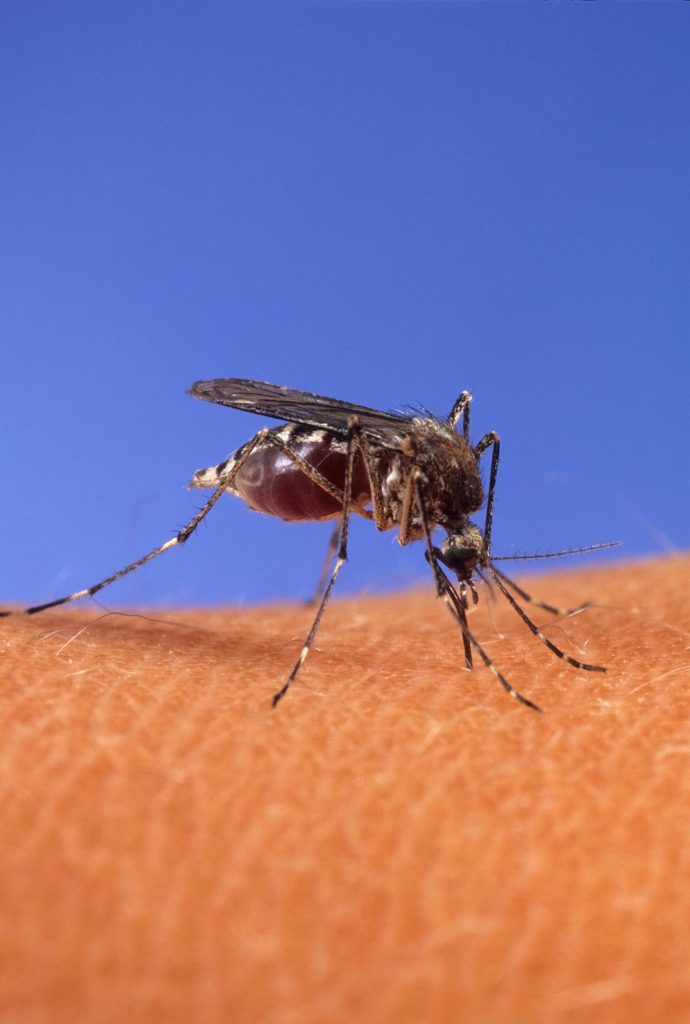During the first three months of 2016, Sri Lanka reported less than 14,000 dengue fever case, and 2016 was one of the most active dengue years in a long time.

Image/USDA
According to the Sri Lanka Ministry of Health’s Epidemiology Unit, as of Mar. 24, the island country has seen 24,562 cases, and there is a week to go.
This prompted Sri Lanka’s Prime Minister Ranil Wickremesinghe to comment the spread of dengue in Sri Lanka and the spread of diseases in other Asian countries saying they were a part of one health crisis in the region.
“Diseases such as fever and even bird flu are spreading in Asia, and millions of poultry are being destroyed in South Korea today. And the spread of diseases in Sri Lanka may be a part of this crisis,” Wickremesinghe said.
Nearly a quarter of the cases (5838) have been reported from the Colombo district.
In all of 2016, 55,150 dengue fever cases were reported and only 29,777 in 2015.
In the past 50 years, the incidence of dengue worldwide has increased 30-fold, largely as a consequence of the growth of cities and increased travel.
Dengue fever is an infectious disease carried by mosquitoes and caused by any of four related dengue viruses. This disease used to be called “break-bone fever” because it sometimes causes severe joint and muscle pain that feels like bones are breaking.
People get the dengue virus from the bite of an infected Aedes mosquito. It is not contagious from person to person. For more infectious disease news and information, visit and “like” the Infectious Disease News Facebook page
There are three types of dengue fever in order of less severe to most: the typical uncomplicated dengue fever, dengue hemorrhagic fever (DHS) and dengue shock syndrome (DSS).
The World Health Organization (WHO) estimates there may be 50–100 million dengue infections worldwide every year. However, new research from the University of Oxford and the Wellcome Trust, using cartographic approaches, estimate there to be 390 million dengue infections per year worldwide.
Related:
- Scientists assemble Zika virus mosquito genome from scratch
- Most dengue infections transmitted in or near home
- CDC updates Brazil travel notice with new yellow fever information


One thought on “Sri Lanka dengue fever tally at 24,500: ‘Part of a health crises looming in Asia’”